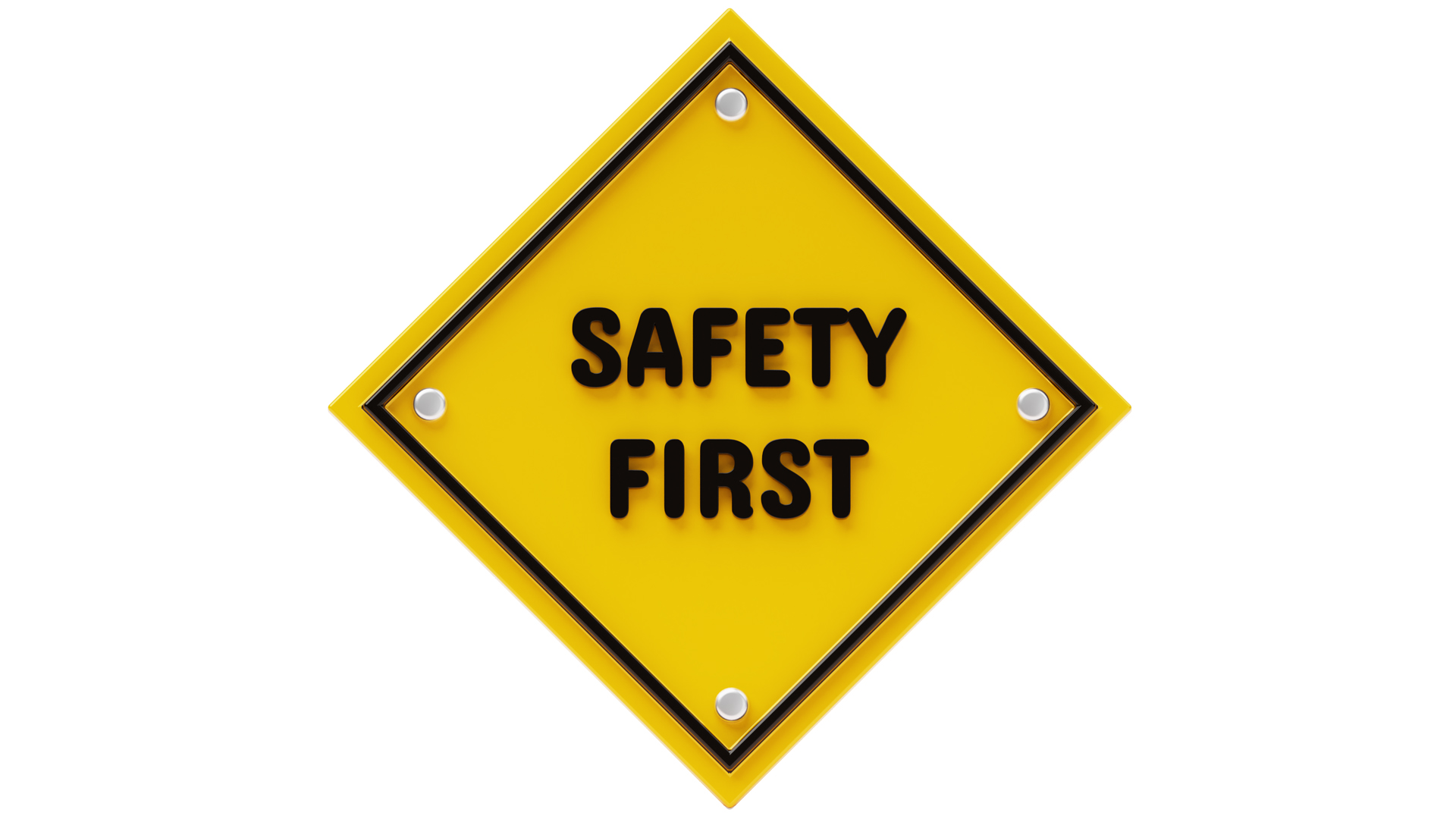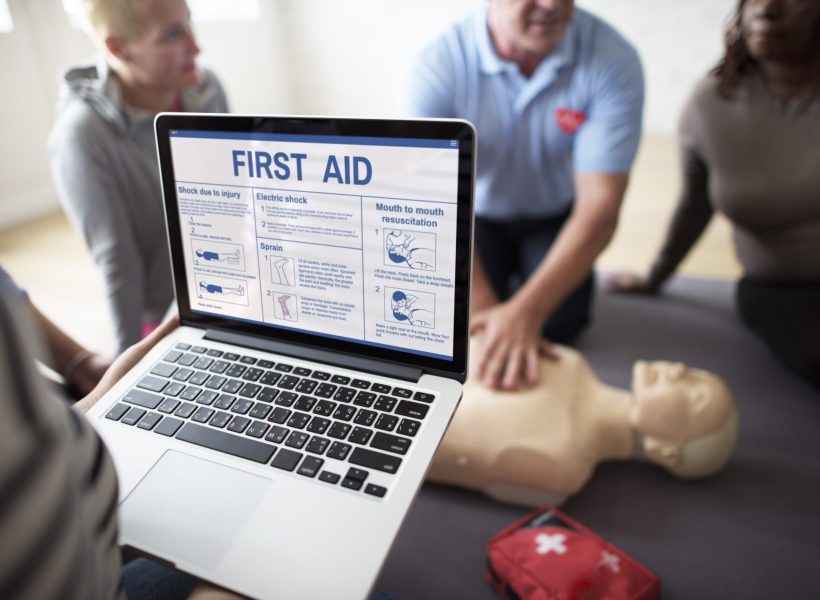

Location
Mussafah, Abu Dhabi
Call Us
02 672 1777
contact@ncmt.ae
National Centre for Management and Training

Mussafah, Abu Dhabi
02 672 1777
contact@ncmt.ae
NCMT12
April 29, 2024

In today’s fast-paced work environments, guaranteeing the safety and welfare of employees is of utmost importance. Below are ten fundamental workplace safety practices that every worker should be familiar with and adhere to:
1. Know the Emergency Procedures: Familiarize yourself with the emergency evacuation routes, assembly points, and procedures for handling emergencies such as fires, natural disasters, or medical emergencies. Regular drills and training sessions can help reinforce this knowledge.


2. Use Personal Protective Equipment (PPE):
Equipping yourself
with the appropriate personal protective equipment (PPE) is crucial for
workplace safety. Understand the PPE requirements specific to your role and
tasks. Always wear the necessary gear, such as helmets, gloves, goggles, or
masks, to protect yourself from potential hazards. Regularly inspect your PPE
for any damage and replace it when needed. Properly store and maintain your PPE
to ensure its effectiveness. Remember, PPE serves as a last line of defense
against workplace accidents and injuries. By complying with PPE guidelines, you
contribute to a safer work environment for yourself and your colleagues.
3. Practice Proper Lifting Techniques:
Implementing proper lifting techniques is crucial for
preventing back injuries and strains in the workplace. Always remember to bend
your knees, keep your back straight, and lift with your legs rather than your
back. Avoid twisting your body while lifting heavy objects and seek assistance
when dealing with items too heavy to lift alone. Utilize mechanical aids like
forklifts or dollies whenever possible to reduce the risk of injuries. By
practicing safe lifting methods, you not only protect yourself from harm but
also contribute to a safer work environment for everyone. Remember, safety is a
collective effort, and every employee plays a vital role in maintaining a
secure workplace
4. Maintain Good Ergonomics:
Pay attention to your posture and workspace ergonomics to prevent musculoskeletal disorders. Adjust your chair, desk, computer monitor, and keyboard to promote neutral body positions and reduce strain on muscles and joints.
5. Report Hazards and Incidents:
Understanding hazard
communication is crucial for workplace safety. Familiarize yourself with the
workplace’s Hazard Communication Program, including Safety Data Sheets (SDS)
and labels on hazardous materials. Always follow proper procedures for handling
and storing chemicals to prevent accidents. Communicate effectively with
coworkers about potential hazards and report any safety concerns promptly.
Attend training sessions on hazard communication to stay informed and compliant
with regulations. By being aware of workplace hazards and communicating
effectively, you play a pivotal role in maintaining a safe and secure work
environment for yourself and your colleagues. Prioritize hazard communication
practices to reduce risks and ensure a safe workplace for all.
6. Follow Proper Lockout/Tagout Procedures:
When working with machinery or equipment that requires servicing or maintenance, follow lockout/tagout procedures to ensure it is safely de-energized and cannot be accidentally turned on. This prevents unexpected startups and protects workers from electrical shocks or injuries.
7. Practice Good Housekeeping:
Keep your work area clean, organized, and free of clutter. Proper housekeeping reduces the risk of slips, trips, falls, and other accidents. Dispose of waste materials, spills, and debris promptly and appropriately.
8. Take Regular Breaks:
Avoid overexertion and fatigue by taking regular breaks throughout your shift. Resting and stretching at regular intervals can help prevent injuries and maintain focus and productivity.
9. Stay Alert and Avoid Distractions:
Pay attention to your surroundings and stay focused on your tasks to avoid accidents caused by distractions. Whether you’re operating machinery, driving, or working at heights, being alert and attentive can prevent potentially life-threatening situations.
10. Participate in Safety Training:
Continuous training and education are essential components of maintaining a safe work environment. Attend regular safety training sessions to stay informed about new protocols and procedures. Learn how to properly use equipment and machinery through training programs. It’s crucial to understand emergency protocols and how to respond in case of an incident. Keep yourself updated on safety regulations relevant to your industry. Knowledge empowers you to make informed decisions that promote a culture of safety at the workplace.
By following these ten essential workplace safety practices,
you can contribute to creating a safer and healthier work environment for yourself
and your colleagues. Remember, safety is everyone’s responsibility, and each
individual plays a crucial role in preventing accidents and ensuring a safe
workplace.